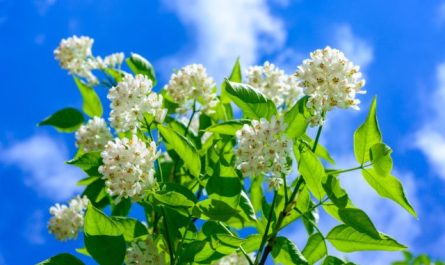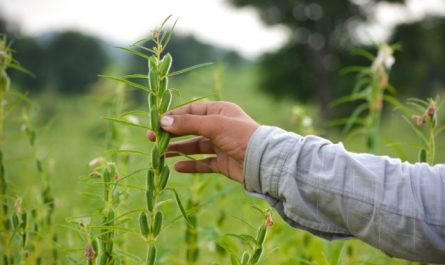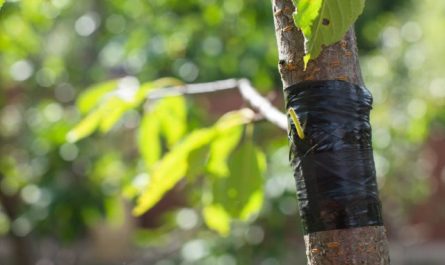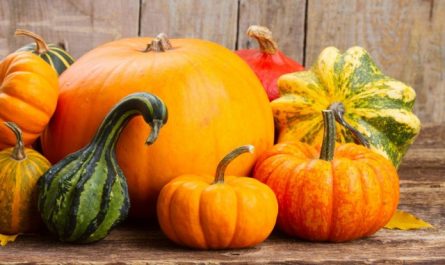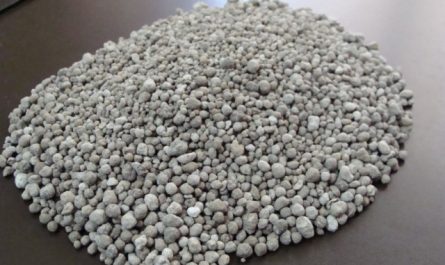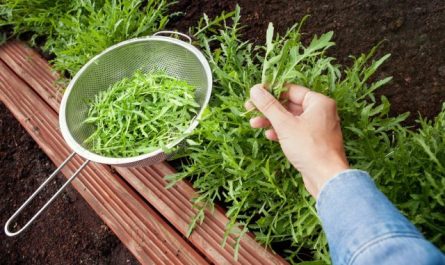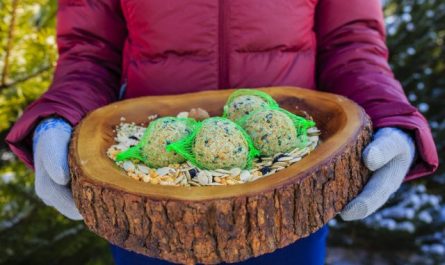Living gold, the best of fertilizers, the basis of organic farming… What kind of epithets are not used today, talking about the advantages of compost. It really most often lives up to all the promises and is an irreplaceable type of fertilizer. But only the right compost brings benefits to the garden and plants. You cannot get high-quality fertilizer by violating the basic rules and standards of laying and maturing. Usually, the appearance of contradictory recommendations, questionable advice and myths that have always surrounded and will surround composting is associated with a misunderstanding of the essence of the process. Let’s try to understand the myths about compost, so as not to repeat mistakes and use it only with benefit.

1. Composting is a very simple process.
Composting is the most accessible and versatile way to obtain high-quality organic fertilizers. And for some reason, accessibility is often confused with ease of creation. You won’t get good compost by dumping everything indiscriminately into any pit. This is not just folded and rotted plant remains and food waste, as many people have begun to present compost as, for some reason, but fertilizer from rotted organic matter that has undergone complex fermentation and several stages of maturation. In order for compost to restore and activate the soil, it must be made according to all the rules.
Grinding of ingredients (the finer, the faster the process), uniform stacking, ventilation, air access, correct humidity without over-wetting or over-drying, contact with soil are the conditions for effective fermentation. Layers of materials are sprinkled with soil and watered with added biopreparations, and during the maturation of the compost, the temperature and humidity are controlled, and regular mixing is ensured.
Compost doesn’t just rot. It goes through five stages of readiness:
- decomposition, a period of active activity of bacteria and microorganisms, a sharp increase in temperature to 70 degrees;
- fermentation, during which the temperature drops to approximately 35 degrees, and the decrease in bacterial activity is accompanied by an increase in the activity of beneficial fungi;
- synthesis – a stage of moderate temperature at approximately 20 degrees, when soil animals and higher microorganisms “connect”, beginning to process organic matter into mineral compounds and humus (from this stage, compost becomes suitable for mulching);
- ripening – a drop in temperature to that of the soil, completion of decomposition, acquisition of an earthy-loose texture;
- humification – the formation of compost soil with the replacement of manure worms with earthworms.
All of them are important for the quality of compost. It is impossible to exclude any of the stages or achieve its efficiency at a different temperature.

2. Compost can be made from anything – from any waste
100% naturalness and quality of compost requires the same components – and in the right proportion. For composting, you can use only what is capable of rotting, decomposing into humus and belongs to the organic, natural waste from the house and garden.
Compost is not made from anything, but from a carefully considered ratio of components – brown (or dry, carbon) ingredients and fresh or green (nitrogen) materials, which are laid in layers. The optimal proportion is two-thirds of nitrogenous green components to one-third of brown ones. But in fact, organic waste together is just one component of compost. After all, air, water and beneficial microorganisms are also necessary for its preparation.
You can put a wide variety of materials into compost:
- weeds;
- “wilted” mown grass;
- hay and straw;
- leaves;
- remains of healthy tops;
- unused harvest;
- vegetable and fruit peelings, tea leaves, coffee grounds, eggshells;
- “debris” left after pruning perennials, shrubs, trees;
- sawdust;
- shavings, etc.
But many are not all. Not all ingredients for compost are good and acceptable. Anything artificial has no place in compost. Glass, plastic, polyethylene, metals are obvious exceptions. But even with paper, only untreated and biodegradable paper can be used (for example, office sheets, especially with printouts, are prohibited, as are all types of decorative paper with special treatment that cannot be recycled).
You should also avoid using food waste that attracts rodents, leftovers from baked goods, oils, prepared food, meat, cheese, and fish. The exception is yogurt and fermented milk products, which can be poured between the layers, because such bacteria are useful for composting.
3. All diseases and pests are “burned” in compost
In fact, there is no place for the remains and cuttings of infected plants in the garden at all. Affected leaves, shoots and debris from under plants must be completely destroyed, preferably outside the site, never used anywhere. During the maturation of compost, larvae, bacteria and fungi die, but not immediately and not all. And their “burning” occurs only with an ideal process, temperature and humidity, each deviation increases the risk of creating infected compost.
Ticks, fly larvae, cockchafers, nematodes, late blight spores and species-specific viruses are amazingly tenacious. By the third stage of composting, most spores die, although recent studies indicate the ever-increasing resistance of pathogens. It is simply impossible to know for sure whether pathogens and larvae will survive in compost without a professional laboratory. And the best strategy is to always and in everything follow the rule of not using contaminated material.
The exception is the fruits of plants that have fallen in the orchard. There is no trace of pests and diseases that can survive in fallen fruits at the two initial stages. But the fruits will bring benefits: by increasing the sugar content, “feeding” beneficial bacteria, fallen fruits serve as a natural “improver” of compost, a source of useful macro- and microelements and accelerate ripening.

4. Weeds in compost are prohibited
The seeds of many weeds partially burn in compost in the first two stages, their germination rate decreases by two or three times, but many grasses survive perfectly well and some will still germinate if they find themselves in suitable conditions. Therefore, weeds for compost are used either mown, plucked before flowering, or with heads removed manually. To be afraid to use timely weeded weeds for compost means to refuse a huge green mass of plants, which, in addition to harm, can also bring benefit to the garden.
Weeds with very aggressive roots, unless the method of long-term separate drying, careful grinding and treatment with highly concentrated biopreparations is used, are really undesirable in compost. So, it is safer to refuse to add fresh wheatgrass roots.
5. You can start composting whenever you want.
You can compost plant waste throughout the warm season, but the main composting season is autumn with its abundance of fallen leaves and plant remains. As the “materials” appear, you can always put them separately or gradually fill the empty composter in layers, not everything needs to be done at once.
6. Compost is good in itself, biopreparations are a luxury
The more beneficial microorganisms participate in compost creation, the better. Both em-compost and accelerated compost are “obtained” only by using preparations that increase their concentration and, accordingly, accelerate the processes of organic matter processing into high-quality humus.
Ideally, any compost – even if you are ready to wait for years – at least at the initial stage should be watered with biopreparations with useful microorganisms. The most universal preparations, such as “Baikal”, and special preparations for composting, which today have appeared even in hardware and construction stores, will do. The main thing is to make sure that the composition is natural and there are no surfactant additives.

7. Compost is prepared quickly
In two weeks, you can get homogeneous compost only in your dreams. In fact, high-quality compost requires a lot of patience and time, it is a long maturation cycle to the ideal texture. And often, you cannot rely on any specific time frame: the compost is completely ready only when all components have gone through a full decomposition cycle, the fertilizer has acquired a homogeneous, moist texture, completely changed its appearance, color, smell. And you need to focus on the condition of the compost.
If you do not use accelerated maturation techniques that shorten the process to several months, the minimum period for compost preparation is one year, and most often several years. If you organize a closed cycle with three or four composters, one of which accumulates fresh materials, and in the others compost matures at different stages, you can always have access to mature fertilizer and ensure “uninterrupted supply” for many years.
8. Once you’ve laid the compost, you can forget about it.
No matter how well your composter breathes and how well the ventilation is thought out, after laying it down you can’t just leave everything for a year. The compost needs to be constantly evenly saturated with oxygen, compacted layers need to be broken up, materials need to be mixed for more effective fermentation and maturation. And the compost needs to be stirred often, every 1-2 months and in case of any doubt, for example, if strange odors appear, signs of violation of optimal temperatures, etc.
The humidity of the composted mass must also be checked regularly, “balancing” at a medium level between drying out (the mass crumbles when the lump is compressed) and dampness (water is released too abundantly).
9. Compost is rotting, which means it should smell bad.
Fermentation is not rotting. And if at the initial stages an unpleasant smell is normal, as the temperature drops any stench from the compost should be perceived as a signal of a violation of oxygen access, the need for mixing or an imbalance of components.
Thus, the ammonia smell indicates a lack of nitrogenous, green waste, putrefactive – the need to add more brown components, and sulfuric, reminiscent of rotten eggs – about a violation of air permeability. Smells are especially important for determining the quality and condition of the finished compost. When evaluating “by smell”, the compost should smell like earth, forest, with a slight mushroom tint. And be lumpy-homogeneous, earthy-damp.

10. Compost is a universal fertilizer, good for everything and always
Being the best organic fertilizer doesn’t make compost suitable for every purpose. It’s a great foundation for maintaining soil fertility and texture, creating ideal conditions for plants, but for some purposes, compost isn’t the best choice.
It is more appropriate to use it in early spring and as mulch than for extracts and seasonal fertilizing. It contains a lot of nitrogen, and at certain stages of plant development – flowering, fruiting – it is better to prefer other organic alternatives to compost. After all, if you feed tomatoes with compost during the ripening period of the ovaries, you will not get anything good (but with ash – just the opposite).

